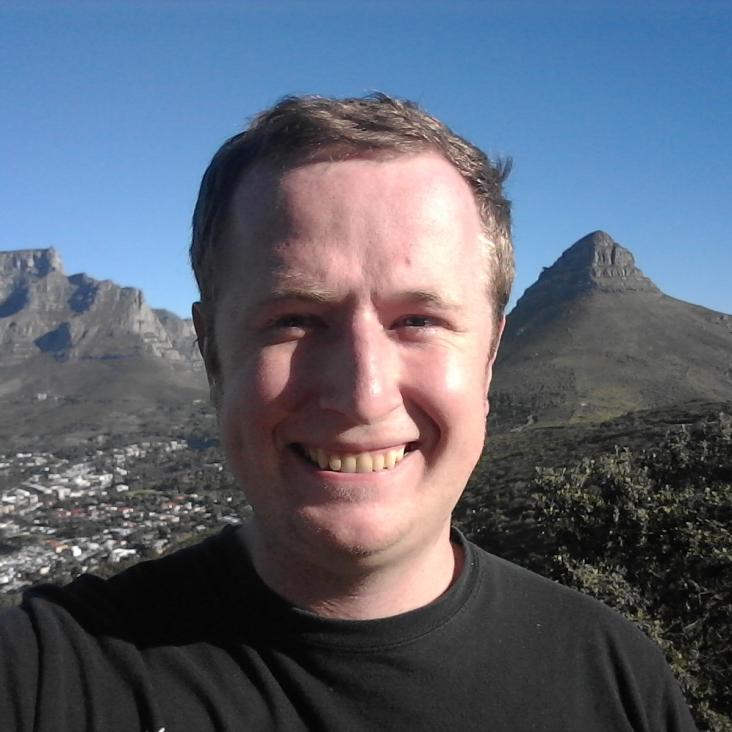Spectral age distribution for radio-loud active galaxies in the XMM-LSS field
Abstract:
Jets of energetic particles, as seen in FR type-I and FR type-II sources, ejected from the centre of radio-loud AGN affect the sources surrounding the intracluster medium/intergalactic medium. Placing constraints on the age of such sources is important in order to measure the jet powers and determine the effects on feedback. To evaluate the age of these sources using spectral age models, we require high-resolution multiwavelength data. The new sensitive and high-resolution MIGHTEE survey of the XMM-LSS field, along with data from the Low Frequency Array (LOFAR) and the Giant Metrewave Radio Telescope (GMRT) provide data taken at different frequencies with similar resolution, which enables us to determine the spectral age distribution for radio-loud AGN in the survey field. In this study, we present a sample of 28 radio galaxies with their best-fitting spectral age distribution analysed using the Jaffe–Perola (JP) model on a pixel-by-pixel basis. Fits are generally good, and objects in our sample show maximum ages within the range of 2.8 to 115 Myr with a median of 8.71 Myr. High-resolution maps over a range of frequencies are required to observe detailed age distributions for small sources, and high-sensitivity maps will be needed in order to observe fainter extended emission. We do not observe any correlation between the total physical size of the sources and their age, and we speculate that both dynamical models and the approach to spectral age analysis may need some modification to account for our observations.


